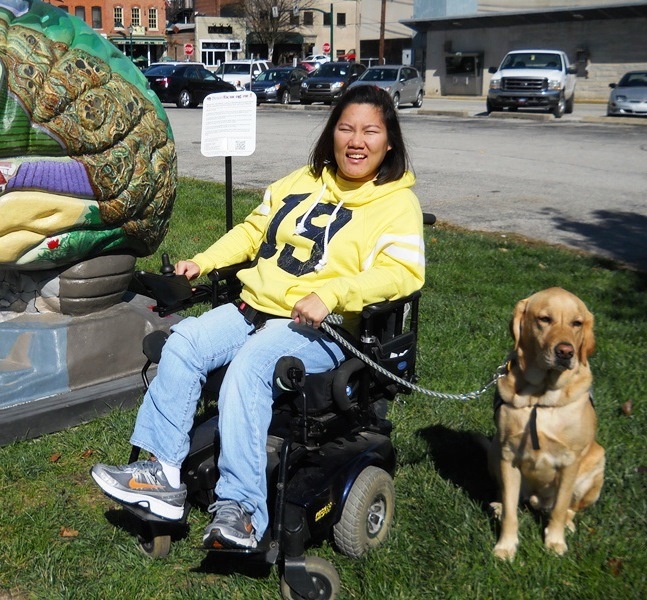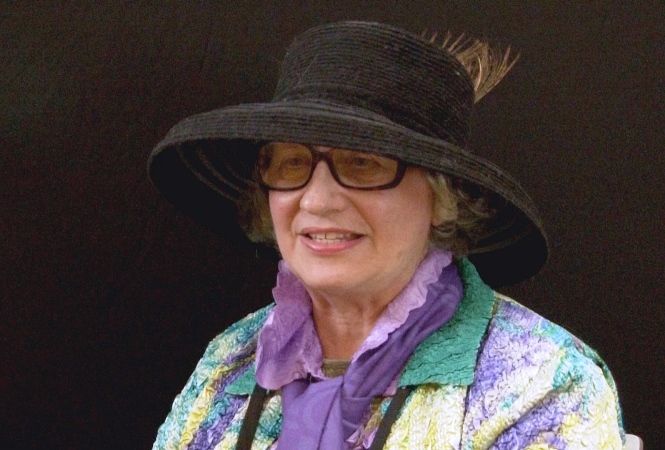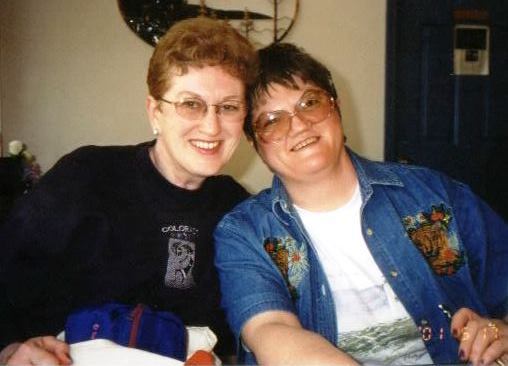Supported Living
Medicaid’s Home and Community-Based Services (HCBS) Waiver program allows beneficiaries to receive services in their own community. Prior to the creation of HCBS waivers, comprehensive long-term care was available through Medicaid only in institutional settings. Most other states had already established Medicaid Waiver programs when Indiana did so in 1990. The availability of waiver services made it possible for Hoosiers with disabilities to have access to individualized, community-based living and working situations.
In the decade of the 1980s and growing out of the principle of normalization, “Person-Centered Planning” had emerged nationally. Author and advocate John O’Brien was instrumental in bringing this philosophy into practice. Although the term has since been watered-down by inaccurate usage, the concept was a powerful one. O’Brien has described it as a community of practice with a “passionate concern to support people with developmental disabilities to discover and contribute their gifts.” Today, Indiana’s Bureau of Developmental Disabilities mandates “a person-centered planning process” for recipients of services it authorizes.
A passionate concern to support people with developmental disabilities to discover and contribute their gifts.
Along with the trend of moving people out of sheltered workshops into community jobs, best practices in residential services also became individualized. The concept of “Supported Living” implies that, to the greatest extent possible, the individual chooses where and with whom they live, with supports tailored to the person’s specific needs and preferences. Supported living began to supplant group home placements in the 1980s, although group homes in Indiana did not disappear. Suellen Jackson-Boner characterized the GCPD as “heavily involved” in introducing supported living research and projects in the state early in the decade.
Supported living began to supplant group home placements in the 1980s.
A Circle of Support, says Dixie Patterson, led her twenty-nine year-old daughter to decide to move out of the family home in Bloomington, Indiana and live on her own. Circles of support were one of the tools created to effect person-centered planning. Jennifer’s allies formed a group around her to turn her preferences into reality. With the additional help of a Medicaid waiver, the blessing of her parents, and a case manager who had urged them to get on a waiting list for Section 8 housing, Jennifer Patterson moved into her own apartment in 2000.
The “success” of Medicaid waivers in Indiana was apparent in the development of years’ long waiting lists in the 1990s. In 1998, the “317 Task Force” of consumers, advocates, and state officials published a comprehensive plan addressing the urgent need for people with I/DD to access services supporting them at home and work. Outcomes included $157 million in new state funding for 2000-2003. By 2008 the nation had entered an era of economic downturn. Anticipating a long-term trend of reduced spending, The Arc of Indiana took a proactive stance in its 2013 report, Blueprint for Change. The Arc’s blueprint recommended innovative strategies for use of diminishing state resources.
"We knew that we only had so long to find a roommate, that that was the only option."
As for Jennifer Patterson, she lived happily in her apartment without a roommate for nine years. Then in 2009, Medicaid funding reductions intervened. “When Jennifer's budget was cut in half,” her mother recalls, “we knew that we only had so long to find a roommate, that that was the only option.”



